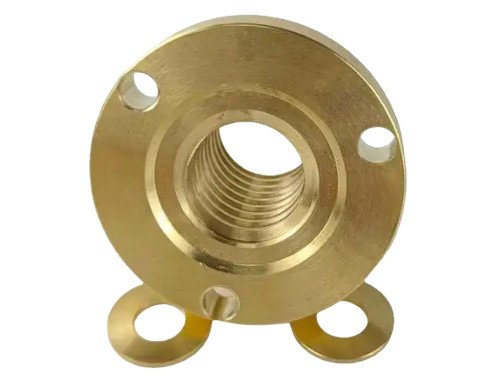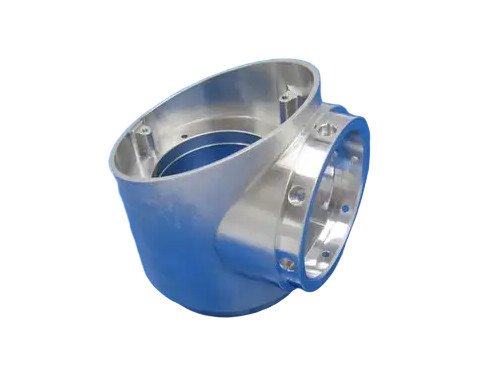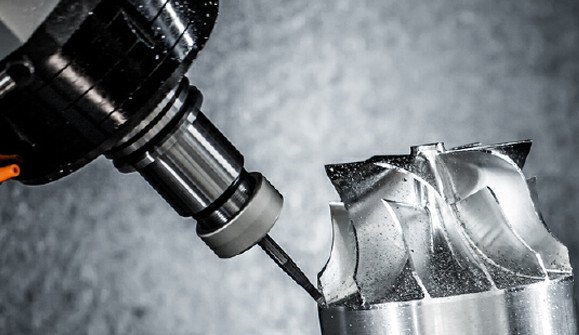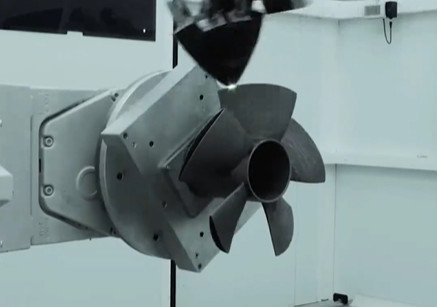Metal prototyping is a critical process in product development, enabling the creation of precise, functional, and conceptual models for testing and validation. This article provides a comprehensive overview of metal prototyping, detailing core techniques, materials, post-processing methods, and applications. It emphasizes technical precision and systematic organization to deliver actionable insights for engineers and manufacturers.
Core Manufacturing Techniques
Metal prototyping relies on a range of manufacturing techniques, each suited to specific requirements such as precision, speed, or material properties. Below are the primary methods used in the industry.
Additive Manufacturing (AM)
Additive manufacturing builds prototypes layer by layer, offering flexibility for complex geometries. It is ideal for rapid iteration and small-batch production. Key additive techniques for metal prototyping include:
- Direct Metal Laser Sintering (DMLS): DMLS uses a high-powered laser to sinter metal powders, such as stainless steel or titanium, into solid parts. It achieves tolerances of ±0.1 mm and is suitable for intricate designs with internal structures. Layer thickness typically ranges from 20 to 50 microns.
- Selective Laser Melting (SLM): SLM fully melts metal powders, creating dense, high-strength prototypes. It supports materials like aluminum alloys and nickel alloys, with layer thicknesses of 20–100 microns and dimensional accuracy of ±0.05 mm.
- Electron Beam Melting (EBM): EBM uses an electron beam in a vacuum to melt metal powders, primarily titanium alloys. It offers build speeds of 55–80 cm³/h and is used for high-strength, aerospace-grade prototypes.
- Binder Jetting: This method sprays a binding agent onto metal powder layers, followed by sintering to densify the part. It supports materials like stainless steel and achieves tolerances of ±0.2 mm, though post-processing is required for full density.
Subtractive Manufacturing
Subtractive manufacturing removes material from a solid block to form a prototype. It excels in achieving high precision and smooth surface finishes.
- CNC Machining: Computer Numerical Control (CNC) machining uses computer-controlled tools for milling, turning, or grinding. It supports materials like aluminum and stainless steel, with tolerances as tight as ±0.01 mm. Surface roughness (Ra) can reach 0.4–1.6 microns, making it ideal for functional prototypes.
- Other Subtractive Methods: Processes like milling and grinding are used for specific applications, offering high dimensional accuracy but limited geometric complexity compared to additive methods.
Rapid Prototyping (RP)
Rapid prototyping encompasses both additive and subtractive methods to quickly produce prototypes. Metal prototyping, as a subset of RP, prioritizes speed and accuracy for applications like design validation and functional testing. Techniques like DMLS and CNC machining are commonly integrated into RP workflows to meet tight deadlines.



Materials for Metal Prototyping
The choice of material significantly impacts a prototype’s performance, cost, and manufacturability. Below is a detailed look at commonly used materials in metal prototyping.
| Material | Properties | Applications | Key Parameters |
|---|---|---|---|
| Titanium Alloys | High strength-to-weight ratio, corrosion resistance | Aerospace, medical implants | Density: 4.4–4.5 g/cm³, Tensile Strength: 900–1200 MPa |
| Aluminum Alloys | Lightweight, good machinability, cost-effective | Automotive, consumer electronics | Density: 2.7 g/cm³, Tensile Strength: 200–600 MPa |
| Stainless Steel | Corrosion resistance, high strength | Industrial tools, medical devices | Density: 7.8–8.0 g/cm³, Tensile Strength: 500–1000 MPa |
| Nickel Alloys | High-temperature resistance, oxidation resistance | Gas turbines, aerospace components | Density: 8.2–8.9 g/cm³, Tensile Strength: 700–1300 MPa |
| Metal Powders | Fine particles for AM, customizable compositions | Additive manufacturing processes | Particle Size: 10–45 microns, Purity: >99.5% |
Post-Processing Techniques
Post-processing enhances the mechanical properties, surface quality, and precision of metal prototypes. These methods are critical for meeting functional and aesthetic requirements.
Heat Treatment
Heat treatment modifies a prototype’s mechanical properties through controlled heating and cooling. Common processes include annealing, quenching, and tempering. For example, annealing titanium alloys at 650–750°C reduces residual stresses, improving ductility. Typical hardness ranges post-treatment are 30–40 HRC for stainless steel.
Surface Finishing
Surface finishing improves aesthetics and functionality. Techniques include:
- Polishing: Achieves surface roughness (Ra) of 0.1–0.8 microns for smooth, reflective surfaces.
- Electroplating: Adds a metal coating (e.g., nickel or chromium) to enhance corrosion resistance or wear properties.
- Spray Coating: Applies protective or decorative layers, often used for aluminum prototypes.
Machining Finishing
Machining finishing involves additional CNC milling or grinding to achieve tight tolerances (±0.005 mm) or specific surface textures. It is often applied to additive-manufactured parts to refine critical dimensions.
Deburring
Deburring removes sharp edges and burrs, ensuring safety and precision. Manual, abrasive, or chemical deburring methods are used, depending on the prototype’s complexity and material.
Sintering
Sintering densifies binder-jetted prototypes by heating them below their melting point (e.g., 1200–1400°C for stainless steel). This process achieves up to 98% density, enhancing strength and durability.
Applications of Metal Prototyping
Metal prototyping serves diverse industries, enabling the creation of prototypes for testing, validation, and production preparation. Key applications include:
Functional Prototyping
Functional prototypes replicate the mechanical properties of final products. For example, a titanium aerospace component produced via EBM can undergo stress testing to verify performance under load (e.g., 1000 MPa tensile strength).
Conceptual Prototyping
Conceptual prototypes visualize design ideas, often using cost-effective materials like aluminum alloys. These prototypes prioritize aesthetics and form over full functionality.
Tooling Prototyping
Tooling prototypes, or rapid tooling, create molds or dies for production. DMLS is commonly used to produce steel molds with cooling channels, reducing lead times by 30–50% compared to traditional methods.
Design Validation
Design validation uses prototypes to confirm dimensional accuracy and mechanical properties. For instance, a CNC-machined stainless steel part with ±0.01 mm tolerance can be tested for fit and function in an assembly.
Key Performance Metrics
Metal prototypes are evaluated based on specific metrics to ensure they meet design requirements.
| Metric | Description | Typical Values |
|---|---|---|
| Dimensional Accuracy | Conformance of prototype dimensions to design specifications | ±0.01–0.2 mm, depending on method |
| Mechanical Properties | Strength, hardness, and toughness of the prototype | Tensile Strength: 200–1300 MPa; Hardness: 20–40 HRC |
| Surface Roughness | Smoothness of the prototype surface | Ra 0.4–1.6 microns post-finishing |
Considerations in Metal Prototyping
While metal prototyping offers significant advantages, certain limitations must be addressed to ensure success.
- Material Cost: High-performance materials like titanium alloys are expensive, impacting project budgets.
- Process Constraints: Additive methods like DMLS require support structures, which increase material use and post-processing time.
- Equipment Limitations: High-precision CNC machines or SLM systems have high upfront costs, limiting accessibility for smaller operations.
- Post-Processing Needs: Additive-manufactured parts often require extensive post-processing to achieve desired surface quality and accuracy.

Conclusion
Metal prototyping combines advanced manufacturing techniques, specialized materials, and precise post-processing to create high-quality prototypes for diverse applications. By understanding the capabilities of additive and subtractive methods, selecting appropriate materials, and applying effective post-processing, manufacturers can achieve prototypes that meet stringent performance and accuracy requirements. This systematic approach ensures efficient design validation, functional testing, and production preparation across industries like aerospace, automotive, and medical devices.


